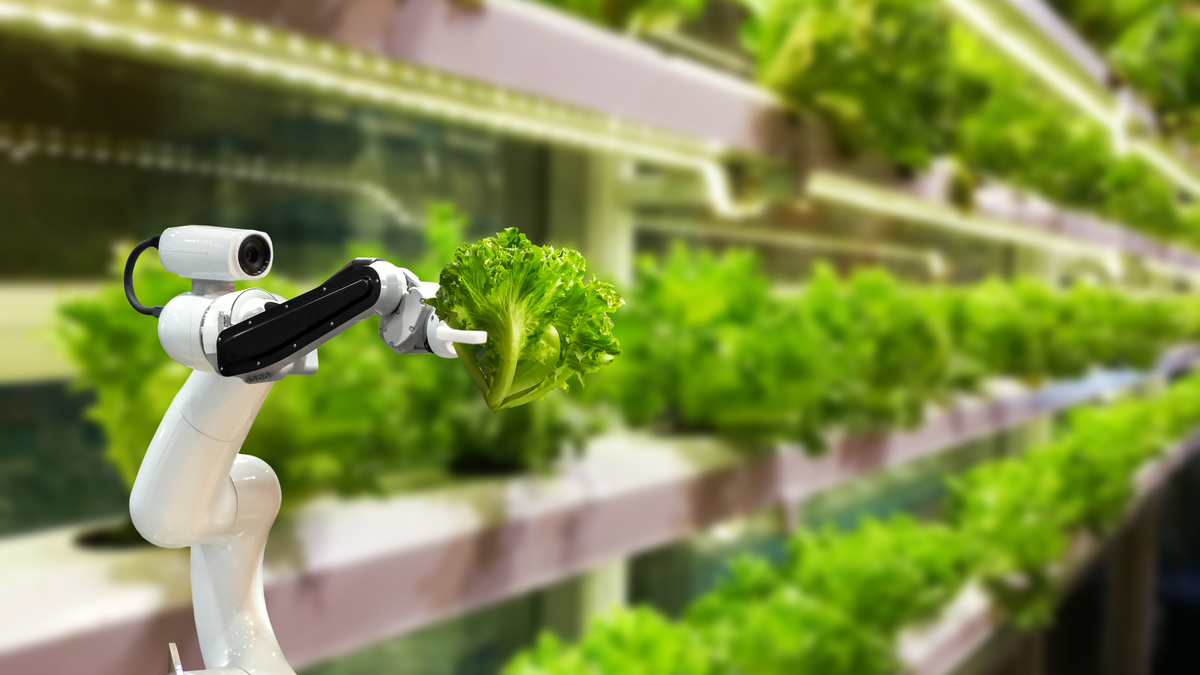
In Sri Lanka, agriculture is the backbone of the economy, supporting millions of livelihoods, from tea estate managers to rubber plantation owners and small-scale farmers. However, traditional farming methods are increasingly challenged by climate change, resource scarcity, and rising costs. The good news? Innovative farming techniques are revolutionizing the way we grow crops, offering sustainable solutions that boost productivity and profitability.
In this article, we’ll explore modern farming methods tailored for small-scale farmers, plantation managers, and estate owners in Sri Lanka. From precision agriculture to drip irrigation and agroforestry, these techniques are not just buzzwords—they’re proven strategies that are transforming farms across the country.
Why Innovation is Crucial for Small-Scale Farming
Small-scale farmers and plantation managers face unique challenges:
- Climate Change: Unpredictable weather patterns affect crop yields.
- Resource Scarcity: Water and fertile soil are becoming increasingly limited.
- Low Productivity: Outdated methods lead to suboptimal results.
Innovative farming techniques address these challenges by:
- Maximizing Efficiency: Using resources like water and fertilizer more effectively.
- Increasing Yields: Modern methods can double or even triple productivity.
- Ensuring Sustainability: Protecting the environment for future generations.
For Sri Lanka, where tea, rubber, and spices are key exports, adopting these techniques is not just an option—it’s a necessity.
Top Innovative Farming Techniques for Small-Scale Farmers
Here are five modern farming methods that are making a big impact:
1. Precision Agriculture
Precision agriculture uses technology like GPS, sensors, and drones to monitor and manage crops with pinpoint accuracy.
Benefits:
- Reduces waste by applying water, fertilizer, and pesticides only where needed.
- Improves decision-making with real-time data on soil health and crop conditions.
Example: A tea estate in Nuwara Eliya used soil moisture sensors to optimize irrigation, resulting in a 20% increase in yield.
2. Drip Irrigation Systems
Drip irrigation delivers water directly to the roots of plants, minimizing evaporation and runoff.
Benefits:
- Saves up to 50% more water compared to traditional methods.
- Ideal for water-scarce regions like Sri Lanka’s dry zones.
Example: A rubber plantation in Monaragala adopted drip irrigation, reducing water usage by 40% while maintaining healthy crops.
3. Vertical Farming
Vertical farming involves growing crops in stacked layers, often indoors or in small spaces.
Benefits:
- Maximizes space, making it perfect for urban bungalow gardens.
- Reduces the need for pesticides and herbicides.
Example: A family in Colombo grew fresh vegetables in their backyard using vertical farming, saving money and reducing their carbon footprint.
4. Agroforestry
Agroforestry integrates trees with crops or livestock, creating a more diverse and resilient farming system.
Benefits:
- Improves soil health and prevents erosion.
- Provides additional income from timber or fruit trees.
Example: A rubber plantation in Kegalle intercropped with banana trees, increasing overall profitability by 30%.
5. Organic Farming
Organic farming avoids synthetic chemicals, relying instead on natural processes to maintain soil fertility and control pests.
Benefits:
- Produces healthier, chemical-free crops.
- Enhances soil quality over time.
Example: A small-scale farmer in Kandy transitioned to organic farming, earning premium prices for his organic tea leaves.
Success Stories from Sri Lanka
Tea Estate Transformation
A tea estate in Hatton faced declining yields due to poor soil health and erratic rainfall. By adopting precision agriculture and drip irrigation, they not only doubled their yield but also reduced water usage by 35%.
Rubber Plantation Innovation
A rubber plantation in Ratnapura struggled with water scarcity. After installing a drip irrigation system, they maintained healthy rubber trees while cutting water costs by 40%.
Urban Farming in Colombo
A family in Colombo turned their small bungalow garden into a thriving vertical farm, growing fresh vegetables year-round and reducing their grocery bills by 50%.
How to Get Started with Innovative Farming
Ready to embrace modern farming techniques? Follow these steps:
- Assess Your Farm’s Needs: Identify your biggest challenges (e.g., water scarcity, low yields).
- Start Small: Implement one technique at a time, such as drip irrigation or organic farming.
- Leverage Local Resources: Partner with agricultural experts or organizations like the Department of Agriculture in Sri Lanka.
- Monitor and Adapt: Use data to track progress and make adjustments as needed.
The Future of Farming in Sri Lanka
The future of farming in Sri Lanka is bright, with exciting trends on the horizon:
- AI in Agriculture: Smart tools that predict weather patterns and optimize planting schedules.
- Sustainable Practices: Greater emphasis on eco-friendly methods like agroforestry and organic farming.
- Government Support: Initiatives to promote modern farming techniques among small-scale farmers.
By embracing innovation, Sri Lanka’s farmers can not only overcome current challenges but also thrive in the years to come.
Conclusion
Innovative farming techniques are no longer a luxury—they’re a necessity for small-scale farmers, plantation managers, and estate owners in Sri Lanka. From precision agriculture to drip irrigation and vertical farming, these methods offer practical solutions to boost productivity, save resources, and ensure sustainability.
The success stories shared here prove that modern farming is not just possible but highly rewarding. Whether you manage a tea estate, rubber plantation, or a small bungalow garden, now is the time to embrace innovation and transform your farming practices.
For more tips and resources on modern farming, visit Lakparts.com or explore Vagaa.lk for innovative agricultural solutions tailored to Sri Lanka’s unique needs.




